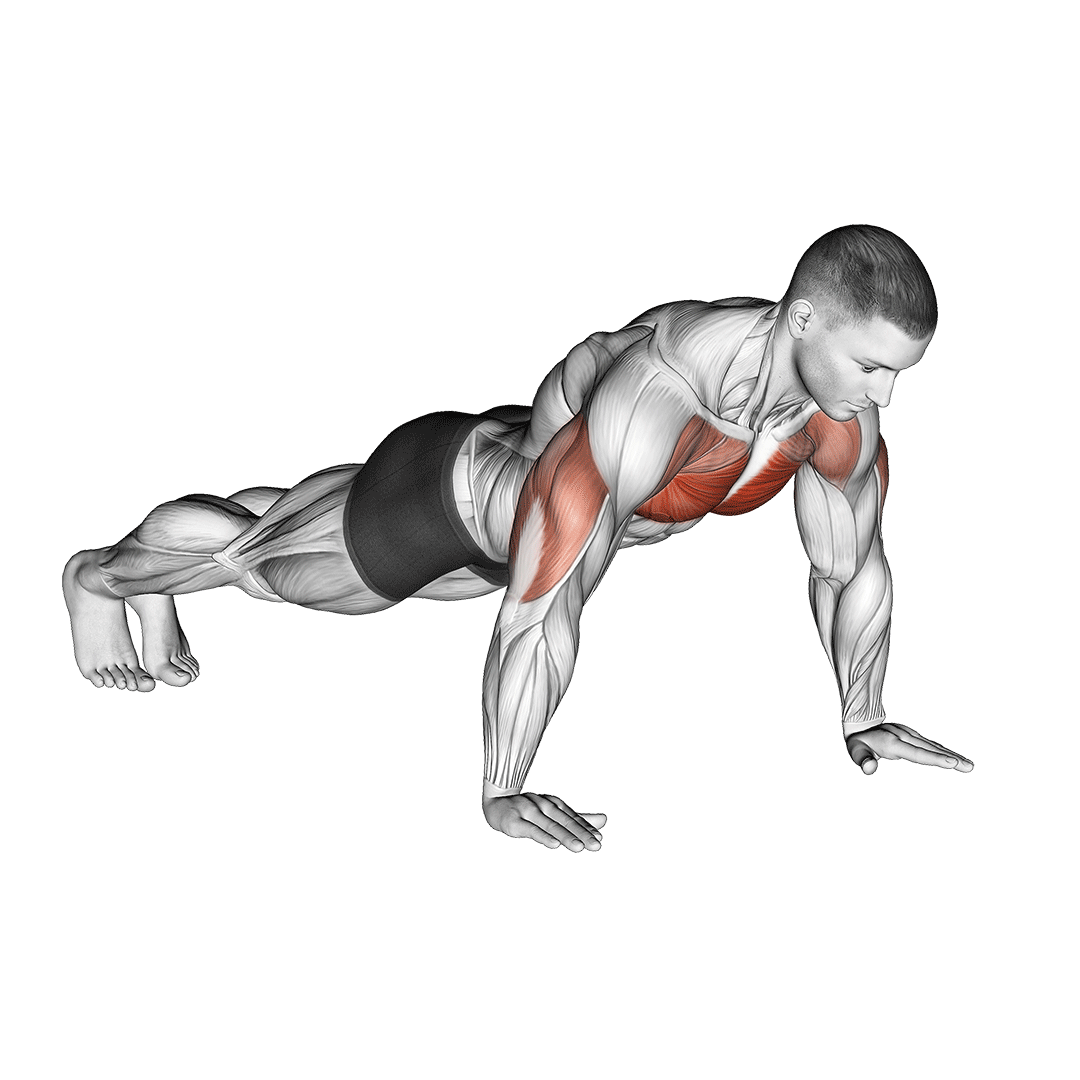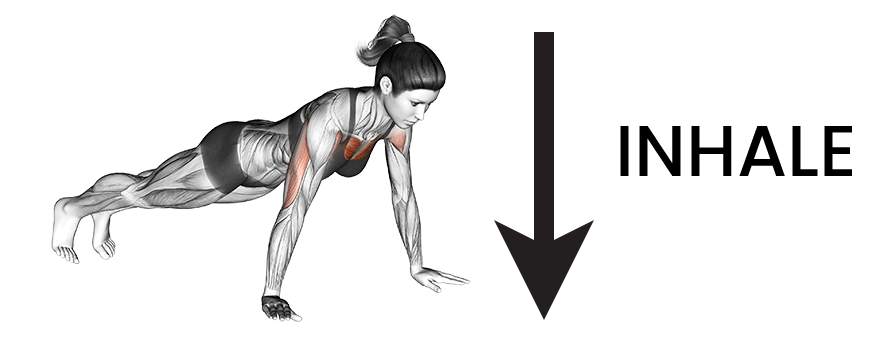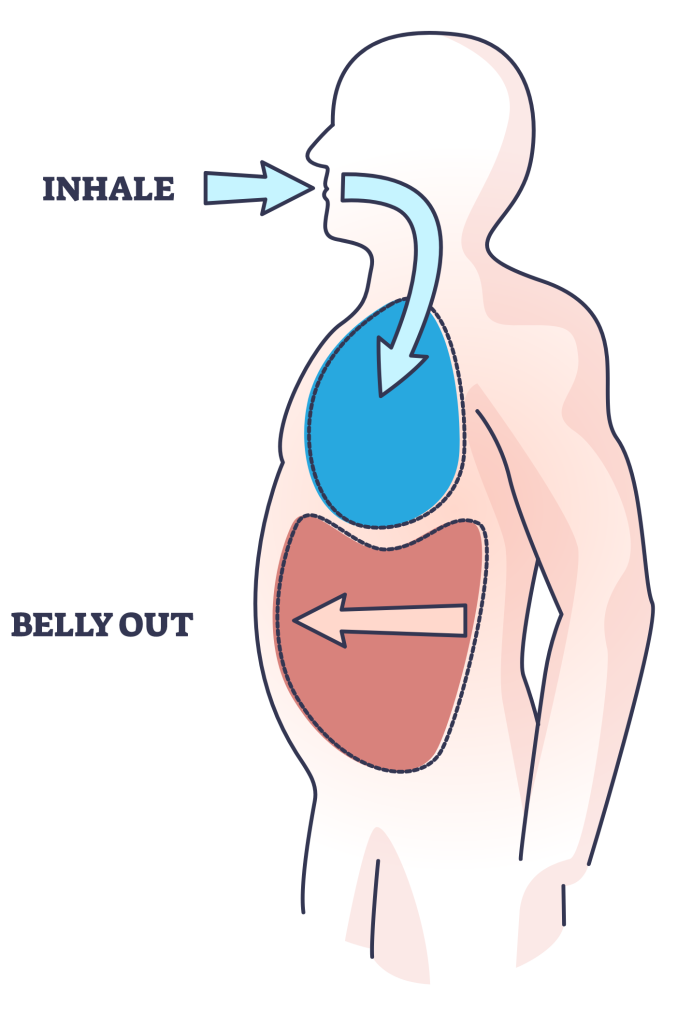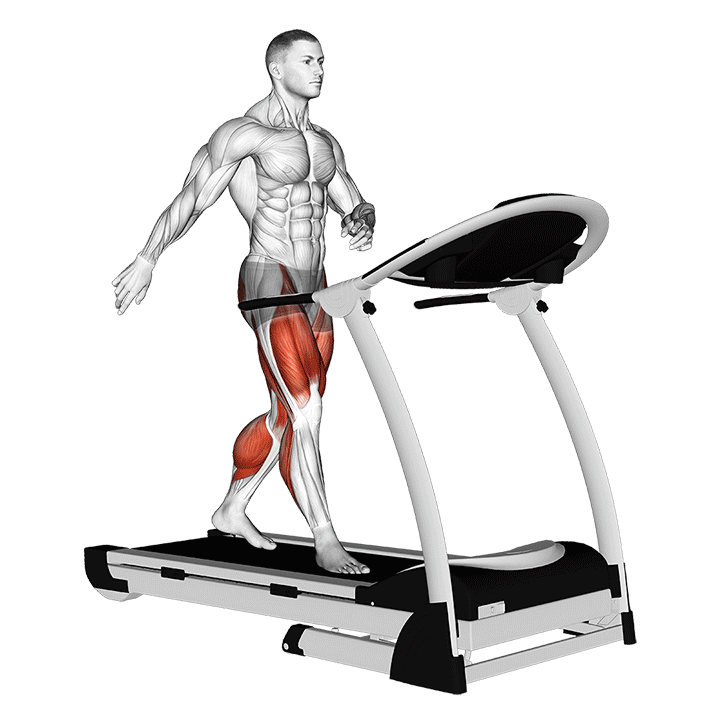How to Breathe During Push Ups: Valsalva Maneuver Explained
Though it may seem a rather obvious fact, breathing is vitally important for keeping the body functional during exercise - especially during high tempo exercises like the push-up, which can feature multiple repetitions within the span of only a few seconds.
Because oxygen is such an important component of the biochemical processes that allow for muscles to work, mastering how to breathe during a set of push-ups is essential to mastering the exercise as a whole.
Breathing during push-ups requires more than inhaling during the eccentric phase and exhaling during the concentric one - it will also require proper execution of the valsalva maneuver so as to maintain intra-abdominal pressure and maximize core stability.
What is a Push-Up?
The standard push-up is a dynamic compound exercise performed with only the exerciser’s own body as a source of resistance.
It is best known for building up both muscle mass and athletic ability in the upper body, as well as requiring a high volume of repetitions per set to maximize intensity.

Muscles Worked by Push-ups
Push-ups work the pectoral and triceps muscles to the greatest extent, but will also target the deltoids, serratus and core in a secondary capacity.
How to Do Push-Ups
Lying on their hands and feet in a plank position, the exerciser will bend at the elbows and contract their chest, lowering their torso until it is within several inches of the ground.
As they perform this first half of the movement, they will inhale slowly, stopping once they begin the second or concentric phase.

Having reached a sufficiently low depth, the exerciser will push through the palms of their hands and extend their elbows once more, slowly exhaling as they return to the original plank position and thereby complete the repetition.

Why is Proper Breathing Important During Exercise?
Breathing is far more important in exercise execution than one may think.
While most exercisers understand that skeletal muscles require oxygen to function correctly, breathing also feeds into several aspects of torso stabilization and proper exercise technique, meaning that its benefits are not solely constrained in a biochemical nature.
Stabilizes the Torso
Many exercisers hold the mistaken assumption that holding in their breath allows for a more stable and rigid torso. While this may be correct in cases of rapid panting, it is counterintuitive to proper core muscle recruitment, and can even destabilize the body by robbing stabilizer muscles of much-needed oxygen.
Rather than holding in their breath, exercisers will be served far better by learning to properly brace the core, thereby allowing the muscles of the abdomen to stabilize the torso while the exerciser themselves can still breathe as needed.
This particular benefit is especially true for push-ups, where the entire exercise is performed in a plank position with the core muscles contracted isometrically.
Feeds the Muscles with Oxygen
Through a complex set of processes, oxygen is utilized by the body to power the skeletal muscles at a molecular level - allowing for not only basic functions but also large and dynamic actions like the push-up.
It goes without saying that reducing or preventing the body from intaking oxygen can interrupt this process, causing the muscles to run less efficiently and leading to premature fatigue during intense exercise.
To maximize the endurance and work capacity of our muscles, it is vital to supply them with oxygen in a steady and efficient manner.
Helps Prevent Injuries
Breathing correctly during resistance training can help prevent the occurrence of injuries like hernias or burst blood vessels - two conditions that result from the increase in internal pressure that is associated with intense exercise.
These types of injuries may be avoided by properly maintaining intra-abdominal pressure through core bracing, of which is what many athletic coaches mean when they say breathing properly during exercise.
Can Aid in Tempo Regulation
While the majority of exercisers simply rely on counting to space out the tempo of their repetitions, breathing can help pace each individual phase (the concentric and eccentric) in a manner that ensures time under tension and that correct form is followed.
Proper Push-Up Breathing Technique
For the best results, it is important to see push-up breathing as two aspects:
- The more obvious timing of the breath itself
- Maintaining intra-abdominal pressure through proper bracing of the core.
Timing the Breath
To correctly time the breath with each push-up repetition, the exerciser needs to simply inhale as they descend towards the ground, and exhale slowly as they rise back up.
This will not only ensure that the heart rate is controlled and the muscles adequately oxygenated, but also that each repetition is performed in a slow and careful manner.
The Valsalva Maneuver
Performing the valsalva maneuver is relatively simple, but may take some practice to get used to when doing push-ups.
To do so, the exerciser will inhale into their belly or diaphragm as they lower themselves to the ground, before squeezing their core and exhaling against the pressure created by this tightening of the abdomen.
Once reaching the end of the repetition, they may release their core muscles and fully exhale.

It is important to keep in mind that the valsalva maneuver is not failing to exhale, it is the controlling of an exhale against pressure created by contracting the muscles of the abdomen and diaphragm.
One sign that the action is being performed correctly is the sensation of pressure in the face and chest.
Additional Tips for Breathing Correctly During Push-Ups
Time the Inhale and Exhale to a Count
Exercisers performing the push-up at a particularly high tempo may find that the standard “inhale on the descent, exhale on the ascent” advice does not apply.
In such cases, it is better to time the breathing to a count, rather than aligning it with the movements of the push-up itself.
While this will depend on factors like the exerciser’s aerobic endurance and tempo, a good starting point is to extend the inhale for up to 3 seconds, with the exhale lasting at least 4.
Keeping the exhale longer than the inhale will help control heart rate and blood pressure.
Perform a Baseline Aerobic Warm-Up
Breathing is simply a function of the circulatory system, and as such it is a good idea to prime said system by performing a low-intensity warm-up prior to actually doing push-ups.
Doing so will raise the resting heart rate, improve transport of oxygen to the muscles and prepare the muscles responsible for breathing.

Practically any aerobic exercise can serve in such a capacity. So long as it is of low exertion and does not last much longer than 20 minutes at the most, it may be used as a baseline aerobic warm-up.
Visualize Breathing Correctly
Taking a note from yogic exercises, properly visualizing breathing can be an important aspect of maximizing oxygen intake during rigorous activities.
Though the standard advice is to breathe “into the belly” so to speak, one may take things further by visualizing the path of the air through their nose and into the lungs - imagining their chest expanding as they do so before compressing once again during the exhale.
While there is no physiological change that occurs from this visualization, it can help exercisers properly pace their breathing and ensure that the diaphragmatic breathing needed for the valsalva maneuver can occur.
Frequently Asked Questions (FAQ)
Why is it Hard to Breathe While Doing Push-Ups?
Having some trouble breathing is entirely normal during intense exercise, but being entirely unable to take a breath could be a sign that your training is too intense.
The reason intense exercise (like push-ups) can make breathing difficult is simple; the body is utilizing oxygen and expelling waste at a rate that is too rapid for the circulatory system to keep up with.
In order to regulate the intensity of your workout and ensure that your muscles are being supplied enough oxygen, push-ups should be performed in a slow and thoughtful manner, with each repetition including a full inhale-exhale cycle as it is completed.
Should You Breathe Out When Pushing?
Yes - during the ascending or “pushing” portion of the push-up, exhaling slowly (breathing out) will prepare the body for further repetitions and allow the exerciser to maintain intra-abdominal pressure as they do so.
For exercisers performing push-ups too rapidly to breathe in time with their ascent, it is possible to instead exhale to a count of several seconds before following up with an inhale of a slightly shorter interval.
Why Can’t I Feel my Chest During Push-Ups?
Push-ups are a chest-focused exercise and as such should be felt distinctly in the muscles of the pectorals.
If you do not feel any muscular recruitment in the chest, it could be due to your stance.
Try performing the push-up with the hands set further apart, and with each repetition performed in a slow manner, focusing your attention on contracting the pectoral muscles as much as possible.
In Conclusion
Note that if you experience chest pain or consistently cannot breathe during a set of push-ups, it is a good idea to consult with a medical professional and re-assess your training program.
It could be a sign of underlying medical issues, or simply that your training is too intense for your body’s current level of conditioning.
And as always, remember that breathing is only a portion of correct push-up technique. With proper breathing, form adherence and bodily conditioning, the push-up can be an invaluable tool for training the muscles of the upper body.
References
1. Bernardi L., Spadacini G., Bellwon J., Hajric R., Roskamm H., Frey A. W. (1998). Effect of breathing rate on oxygen saturation and exercise performance in chronic heart failure. Lancet 351 1308–1311. DOI: 10.1016/S0140-6736(97)10341-5
2. Hackett DA, Chow CM. The Valsalva maneuver: its effect on intra-abdominal pressure and safety issues during resistance exercise. J Strength Cond Res. 2013 Aug;27(8):2338-45. DOI: 10.1519/JSC.0b013e31827de07d. PMID: 23222073.
3. Apkarian, Marc R. PhD, CSCS. Blood Pressure Characteristics and Responses During Resistance Exercise. Strength and Conditioning Journal 43(4):p 78-86, August 2021. | DOI: 10.1519/SSC.0000000000000607
